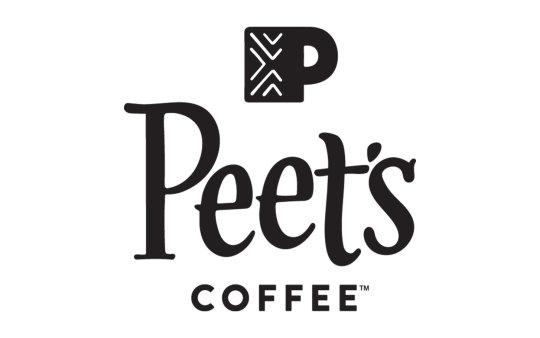
Design typically focuses on the visual and auditory senses of human interaction, but design engineer and innovation designer Ryo Tada, looks to challenge this. The FULU Digital Touch Device brings touch to digital communication by something called augmented touch. Techtarget.com states that “reverse electrovibration, also known as virtual touch, is an augmented reality (AR) technology that facilitates electronic transmission of the human tactile sense, allowing end users to perceive the textures and contours of remote objects. The field of study involving virtual touch is known as haptics.” Haptics already apply to our world today, like how our iPhones make us feel as if we are pressing the home button, if someone reacts to a specific iMessage with a ‘heart’, if we pay someone on Apple Pay, turning on or off a switch, playing a game etc etc. The possibilities are really endless.

The FULU device is a fingernail mounted device with a silicone back that sticks to your fingernail with adhesive. It is said to generate the “subtleties” of touch like textures such as feeling clothing, grass, tapping a loved one, sand, really anything that has a texture and is Bluetooth accessible as well. We are already seeing how haptics are working in real time on our hand held devices, gaming devices, joysticks, it’s in our medical field, it’s used to defuse bombs, robotic controls, really applicable anywhere, but what does this mean for the world of design? Depends on how creative we can get with it. It could potentially have a possibility of making phones and computers more accessible for blind people. As far as the FULU device and feeling goes, perhaps it can integrate a new element of adding textures to designs, feeling textures together, adding another element of interaction and another thing to consider when designing. Thinking about do these textures make sense, do they feel good or creepy, do they pair well together; ultimately providing a stronger user experience and lasting impression far beyond simply hearing or seeing.














